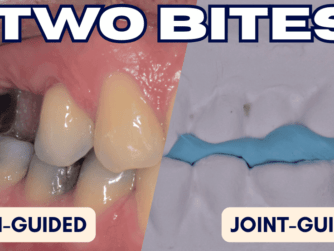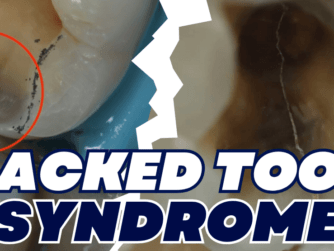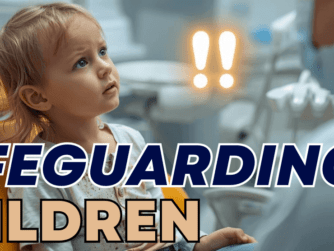Podcast: Play in new window | Download (Duration: 1:05:02 — 91.8MB)
Subscribe: RSS
This podcast will change the way you think about pulpotomies and endodontics in general. Georg Benjamin explains that severe throbbing pain (or classic signs of IRREVERSIBLE PULPITIS) does not necessarily mean a pulpectomy is needed. Instead, we can consider a pulpotomy for permanent teeth to preserve radicular pulp tissue and maintaining a vital tooth!
Download Protrusive App on iOS and Android and Claim your Verifiable CPD/CE answering a few questions + EXCLUSIVE content:
Check out this full episode on YouTube
Protrusive Dental Pearl: Check if your anesthetic is successful by carrying out an objective test by placing EndoFrost (-50 C) on the tooth (about 10 secs) and checking for a cold response. If the patient is not fully numb yet, they will still feel something. If they are sufficiently numb, this test gives you (and some nervous patients!) confidence. I like this before placing rubber dam as I hate ever removing the dam to top up LA!
Highlights of this episode:
- 2:02 Protrusive Dental Pearl
- 4:47 Georg Benjamin’s Dental Podcast Journey
- 7:10 Georg’s Endodontic Journey
- 11:46 Case Discussion: Pulpal Diagnosis
- 16:17 Pulpotomy
- 19:37 Direct Pulp capping
- 22:26 Indirect Pulp Cap
- 23:58 Pulpotomy Protocol
- 26:59 Classifications of Pulpotomy
- 30:52 Bleeding Time Protocol
- 33:31 Patient Communication
- 35:34 Treatment Decision-Making
- 38:57 Success rate of pulpotomy
- 41:10 Early and Late failures
- 42:30 Long-term treatment
- 45:14 Unhealthy pulp
- 48:08 Materials and Products for Pulpotomy
- 50:54 Leaving carious dentine as base
For our German Protruserati, check out Georg’s Dental Podcast
If you enjoyed this, you might also like this episode with Dr Ammar Al-Hourani ‘Is Single Point Obturation Acceptable?’







